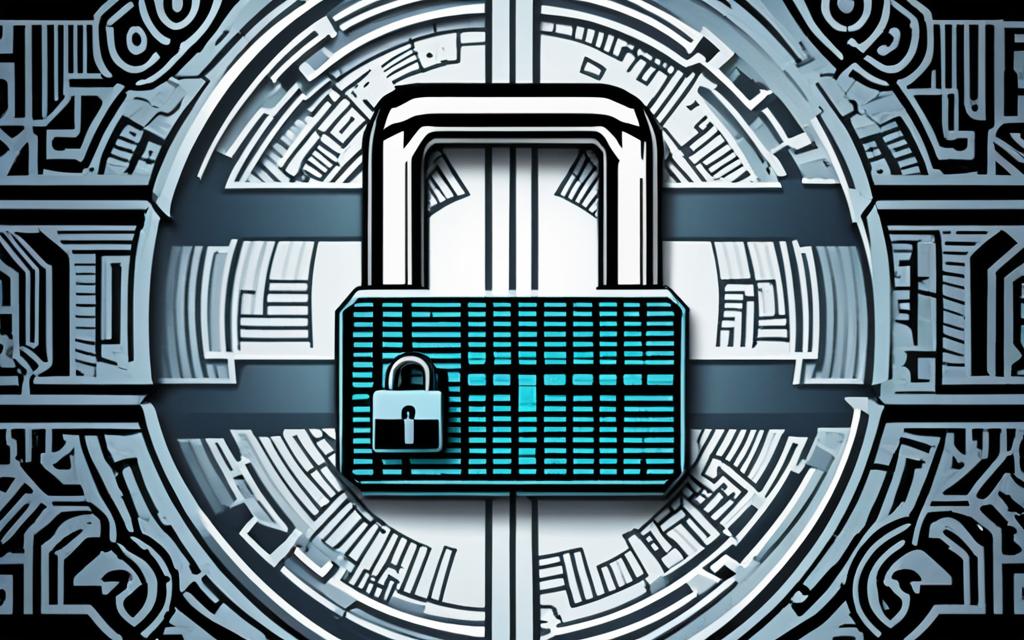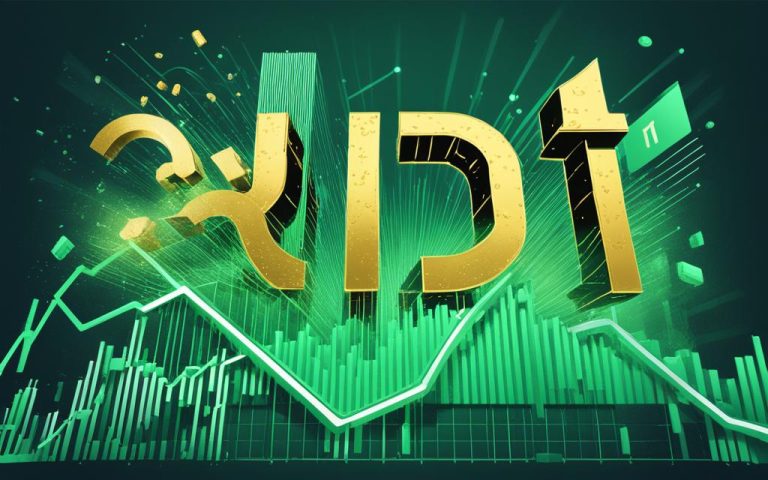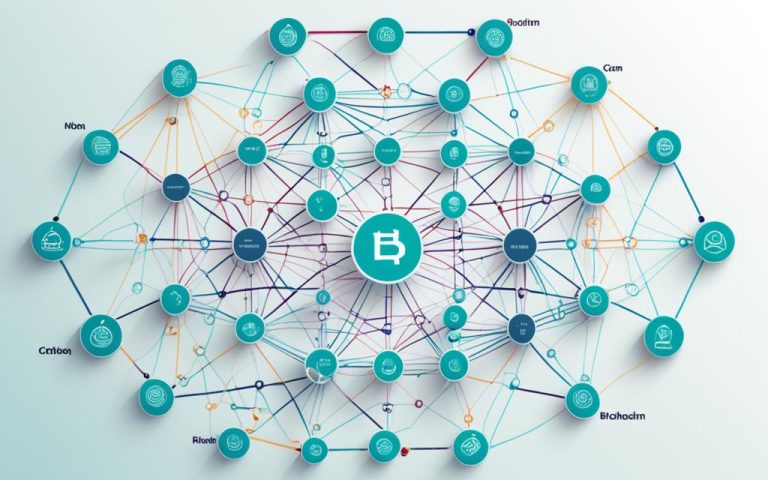A blockchain hash is like a digital fingerprint for data or documents. It’s made using a cryptographic function. This compares data to a previously made hash value. The outcome is a unique identifier for the data. It helps us check if someone has changed the information.
When we add new info to the blockchain, we hash the data in the block. The resulting hash value then joins the chain. This hash value works as a digital signature. It keeps the data within the blockchain true and unchanged. If someone changes the data in the block, the hash value will also change. This makes any tampering obvious.
A blockchain hash makes sure our data is secure and cannot be tampered with. The hash value of each block is deeply connected to its data. So, changing the data without being caught is almost impossible. This technology lets us keep data safe and cuts out the middleman.
The uses for blockchain hashing spread far and wide. It’s really important in finance, managing supply chains, healthcare, and beyond. It gives us a safe and clear way to keep and check data. This greatly lowers the risks of data being altered, fraud, and unwanted access.
So, to wrap up, a blockchain hash plays a key role in blockchain technology. It ensures trust, safety, and openness. With its digital fingerprints and data integrity checks, it’s vital in today’s digital world. By getting rid of the need for central authorities, it allows safe and easy information sharing.
How Does a Blockchain Hash Work?
Blockchain technology uses hashing algorithms to keep data secure. The Secure Hash Algorithm 256 (SHA-256) is often used. It turns any input into a unique 64-character hash, no matter the input’s length.
Let’s examine an example:
| Input | SHA-256 Hash |
|---|---|
| Hello | 185f8db32271fe25f561a6fc938b2e264306ec304eda518007d1764826381969 |
| Hello world | 64ec88ca00b268e5ba1a35678a1b5316d212f4f366b2477232534a8aeca37f3c |
| Hello John | a8119595d77342cc73c93697a7f70920d3f4ded5d458e31907607e997ff76868 |
Different data inputs mean different hashes. This makes it hard to guess the original data from its hash.
SHA-256 isn’t the only hash algorithm in blockchains. MD5, RIPEMD-160, CRC32, and Tiger Algorithm are also used. Bitcoin picks SHA-256, while Ethereum goes for Keccak-256.
A SHA-256 hash is always 256 bits or 64 symbols long. It uses numbers 0–9 and letters A–F. With around 2^256 possible outputs, it’s unlikely two inputs will have the same hash.
Hashing is one-way. Turning a hash back into its original input is nearly impossible, even for top computers. This is why data on the blockchain stays unchanged. A different input creates a new hash.
Hashing is quick and checks data is correct. It makes sure files and messages on the blockchain haven’t been changed.
So, hashing is key for blockchain’s security and integrity. SHA-256 and other cryptographic functions keep data safe. They make altering or faking data very hard.
References:
- Investopedia – Hash Definition
- Bitstamp – How Does Hashing Work in
- Investopedia – Cryptographic Hash Functions Explained
Applications and Uses of Blockchain Hashing
Blockchain hashing is used in many ways, showing its value across different areas. Its top benefit is data security. It makes a digital fingerprint for the data, making sure it’s real and unchanged. You don’t need any extra tools or programs to check this.
Comparability is another big plus of blockchain hashing. It lets you easily compare two files by looking at their hash values. This is key in checking if a file stayed the same after being moved or sent somewhere. Just by checking the hash values, you can tell if anything changed.
Blockchain hashing also helps in making sure data doesn’t change during transfer. This builds trust in the data’s truthfulness. This trust is especially important in fields like finance, healthcare, and supply chains.
Hash functions are great for finding data fast during transfers too. They manage how quickly data is found, making searching through lists and arrays easier. This improves the speed and ability of systems that move a lot of data.
Conclusion
In conclusion, blockchain hashes are key for keeping data safe in blockchain tech. They make unique hash values for each data block. This helps confirm if information is real and unchanged. It offers strong data security, perfect for critical-data industries.
Data security is vital in today’s online world, facing many cyber threats. The blockchain hash protects by making an unchangeable record of deals. It stops anyone from changing or accessing this without permission. Its reliability and trustworthiness give users confidence.
To improve security, blockchain uses many hash functions. These are part of the blockchain network. This makes hacking extremely hard. It protects important information well.
So, blockchain hash is crucial in blockchain tech. It keeps the data’s trust and integrity on the network. With its help in securing data, ensuring openness, and blocking changes, blockchain can change industries. It alters how firms work in the digital world.
Q: What are the applications and uses of blockchain hashing?
What is a blockchain hash?
A blockchain hash is like a digital fingerprint for data. It uses a special process to check and confirm data is real. This is done without needing extra tools or programs.
How does a blockchain hash work?
It uses special math formulas, like SHA-256 and MD5, to create a unique code for data. This code helps identify and protect the data on a blockchain from being changed wrongly.
Blockchain hashing is used for keeping data safe and making sure it’s real. It’s great for when keeping data correct is very important. This makes it useful for many fields.
How important is a blockchain hash for data security?
Very important for keeping data safe on the blockchain. It creates a unique code for each piece of data. This makes the data almost impossible for hackers to mess with.



















